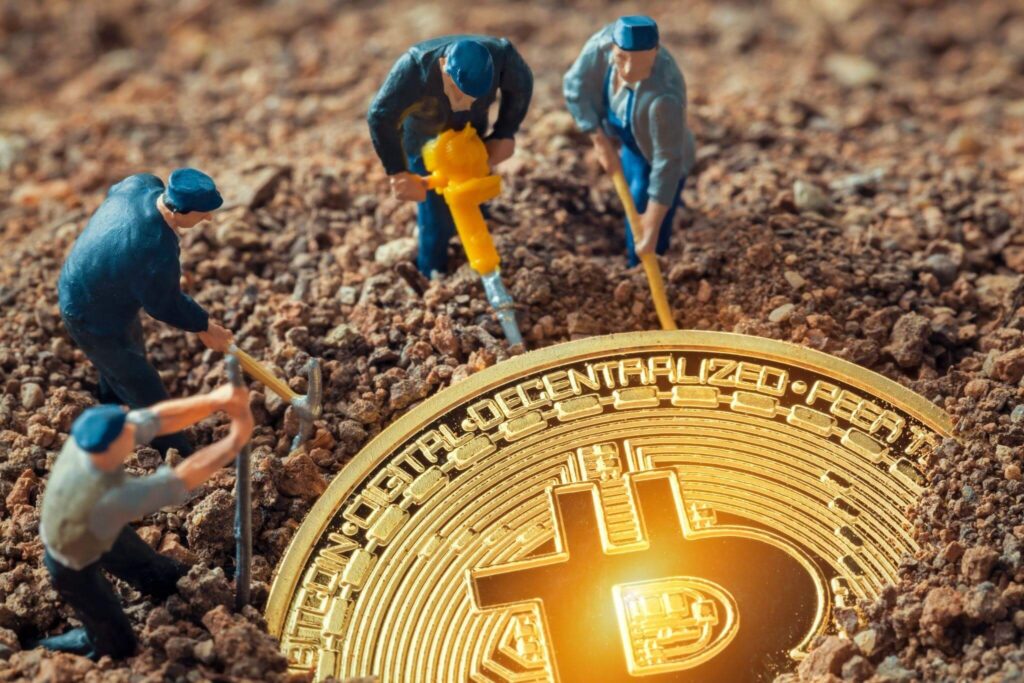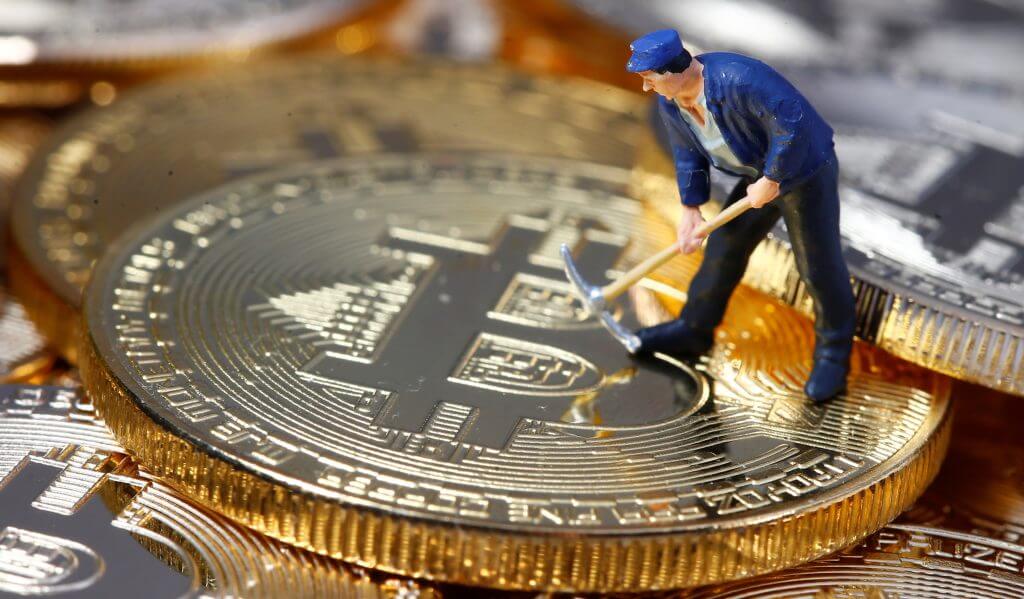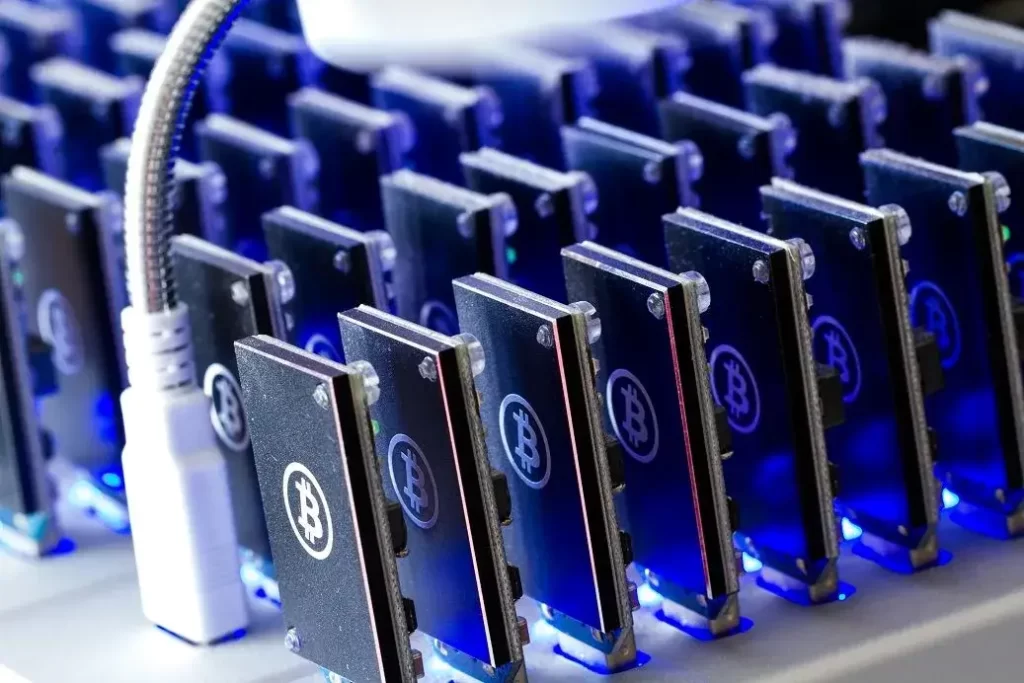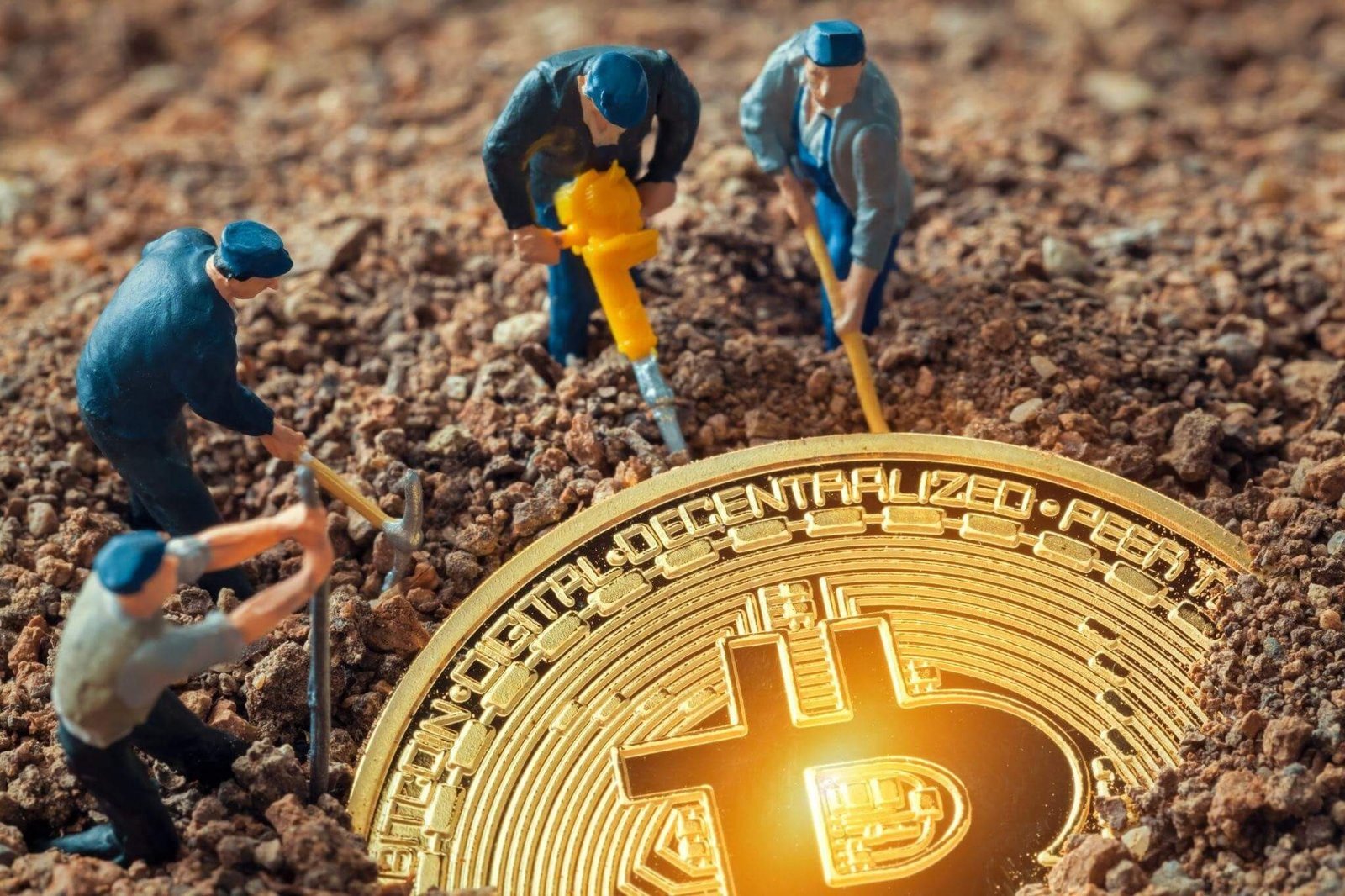
Mining is the process of adding new blocks of transactions to a cryptocurrency’s blockchain. Miners use specialized hardware to solve complex mathematical problems in order to verify transactions and earn rewards. The first miner to solve the problem receives a reward in the form of cryptocurrency, and the transaction is added to the blockchain.
Mining is a critical part of the security and maintenance of a cryptocurrency network. By verifying transactions and adding them to the blockchain, miners help to ensure that the network is accurate and secure. They also help to distribute new cryptocurrency into circulation.
The best place where you buy cryptocurrency
There are two main types of cryptocurrency mining: proof-of-work (PoW) and proof-of-stake (PoS). PoW mining is the most common type of mining, and it is used by cryptocurrencies such as Bitcoin and Ethereum. In PoW mining, miners compete to solve complex mathematical problems. The first miner to solve the problem receives a reward in the form of cryptocurrency.
PoS mining is a newer type of mining that is becoming more popular. In PoS mining, miners stake their cryptocurrency in order to verify transactions. The more cryptocurrency a miner stakes, the more likely they are to be chosen to verify a transaction.
Mining can be a profitable activity, but it can also be very expensive. Miners need to purchase specialized hardware and pay for electricity costs. The profitability of mining depends on the price of the cryptocurrency, the difficulty of the mining algorithm, and the cost of electricity.
As the popularity of cryptocurrency mining has grown, so has the competition. This has made it more difficult and expensive to mine cryptocurrency. However, mining can still be a profitable activity for those who are willing to invest the time and money.
Here’s an overview of how cryptocurrency mining happens:
- Blockchain Technology: Cryptocurrencies operate on a blockchain, which is a distributed and decentralized ledger that records all transactions across a network of computers (nodes).
- Proof of Work (PoW): Most cryptocurrencies, including Bitcoin, initially relied on a consensus mechanism called Proof of Work. Miners compete to solve complex mathematical puzzles, and the first one to solve them gets the right to add a new block of transactions to the blockchain and is rewarded with newly minted cryptocurrency and transaction fees.
- Mining Hardware: Miners use specialized hardware, such as ASICs (Application-Specific Integrated Circuits) or GPUs (Graphics Processing Units), to perform the complex computations required to solve cryptographic puzzles. These hardware devices are designed to perform these calculations efficiently.
- Mining Pools: As mining has become more competitive and difficult, individual miners may join mining pools. Mining pools are groups of miners who combine their computational power and share the rewards based on the contribution of each member. This increases the chances of finding a block and receiving rewards more regularly, though the rewards are distributed among the pool members.
- Finding a Nonce: To create a new block, miners take a collection of unconfirmed transactions (a block candidate) and add a random number called a “nonce” to it. The miners repeatedly hash the block candidate with the nonce until they find a specific hash value that meets the predetermined criteria, known as the target or difficulty level.
- Difficulty Adjustment: The difficulty level of the mining puzzles is adjusted regularly (usually every 2016 block in Bitcoin) to ensure that new blocks are added roughly every 10 minutes. This adjustment maintains the network’s block production rate, irrespective of changes in mining power on the network.
- Block Validation: Once a miner finds a valid block (a hash that meets the target), they broadcast it to the network for verification by other nodes. Other nodes verify the validity of the block and its transactions before accepting it into their copy of the blockchain.
- Reward and Transaction Fees: When a miner successfully adds a new block to the blockchain, they are rewarded with newly minted coins of the cryptocurrency they are mining. Additionally, they can collect transaction fees from the transactions included in the block.
- Continuous Process: Mining is a continuous process, with miners competing to find the next valid block and earn rewards for their efforts. As more miners join the network, the overall hash rate increases, making it more challenging to find a valid block.

Here are some key factors that affect profitability:
- Mining Difficulty: The mining difficulty adjusts regularly based on the total computing power (hash rate) in the network. As more miners join the network, the difficulty increases, making it harder to find new blocks and receive rewards.
- Hash Rate: The higher the mining hash rate of the hardware, the better the chances of solving the mining puzzles and earning rewards. More powerful and efficient mining hardware generally provides a competitive advantage.
- Electricity Costs: Mining is a computationally intensive process and requires a significant amount of electricity. The electricity cost is a crucial factor in determining profitability, especially in regions with high energy prices.
- Cryptocurrency Price: The price of the cryptocurrency being mined directly impacts the potential profitability. If the cryptocurrency’s value rises, mining rewards in terms of the mined cryptocurrency become more valuable.
- Block Reward and Transaction Fees: The block reward (the number of newly minted coins given as a reward to the miner who solves the block) and transaction fees contribute to the overall profitability. Block rewards are halved periodically in some cryptocurrencies like Bitcoin, reducing mining rewards over time.
- Mining Pool Fees: If a miner joins a mining pool, they may have to pay a fee to the pool operator. The pool fee reduces the overall profitability but increases the regularity of receiving rewards.
- Market Sentiment: The sentiment and demand for cryptocurrencies can fluctuate, leading to price volatility. This volatility can impact mining profitability, especially if the price drops significantly.
- Initial Investment: The cost of purchasing mining hardware is an important factor to consider. The higher the initial investment, the longer it may take to break even and start making a profit.
Estimate costing for starting

The cost of starting a cryptocurrency mining operation can vary significantly depending on several factors, including the type of cryptocurrency being mined, the scale of the operation, the location, the mining hardware chosen, and the associated costs such as electricity, cooling, and maintenance. Below are some of the major components that contribute to the overall cost:
- Mining Hardware: The cost of mining hardware can range from a few hundred dollars to thousands of dollars per unit, depending on the type and performance. ASIC miners (Application-Specific Integrated Circuits) designed for specific cryptocurrencies tend to be more expensive but are more efficient for mining. GPU (Graphics Processing Unit) miners are more versatile but may have a lower hash rate per unit.
- Mining Rig Setup: Building a mining rig involves assembling multiple mining hardware components like GPUs or ASICs, a motherboard, a power supply, cooling solutions, and other accessories. The cost will depend on the number of units and the quality of the components used.
- Electricity Costs: Mining consumes a significant amount of electricity, and the electricity cost is one of the most critical ongoing expenses. The cost per kilowatt-hour (kWh) varies by location, so the electricity rates in your area will determine this cost.
- Cooling and Ventilation: Mining hardware generates a lot of heat, and proper cooling and ventilation are essential to maintain efficiency and prolong the lifespan of the equipment. Additional costs may be incurred to set up cooling solutions, especially for larger mining operations.
- Location: The cost of renting or owning space for the mining operation will vary based on the location and the available infrastructure. Some regions offer more favourable conditions, such as lower electricity costs or cooler climates, which can positively impact profitability.
- Mining Pool Fees: If you decide to join a mining pool, there are often fees associated with participating in the pool. These fees typically range from 1% to 2% of the mining rewards.
- Maintenance and Repairs: Like any hardware, mining equipment requires regular maintenance and may occasionally need repairs or component replacements.
- Other Operating Costs: Additional expenses might include internet connectivity, security measures, and other operational costs.
It’s challenging to provide an exact estimate without specific details about the scale and location of the mining operation. However, starting a small-scale mining operation with a few GPUs could cost several thousand dollars, while a larger operation with multiple ASIC miners could require tens of thousands to hundreds of thousands of dollars in initial investment.
To get a more accurate estimate, you should research the specific hardware you intend to use, calculate electricity costs, consider cooling and operational expenses, and determine the scale of your mining operation. It’s crucial to perform a detailed cost-benefit analysis to assess the potential profitability of your mining venture. Keep in mind that the cryptocurrency market is highly volatile, and mining profitability can change rapidly based on market conditions.



[…] “Unlocking the Secrets of Cryptocurrency Mining: A Comprehensive Guide” […]
[…] “Unlocking the Secrets of Cryptocurrency Mining: A Comprehensive Guide” […]
Great write-up, I?¦m regular visitor of one?¦s web site, maintain up the nice operate, and It’s going to be a regular visitor for a lengthy time.